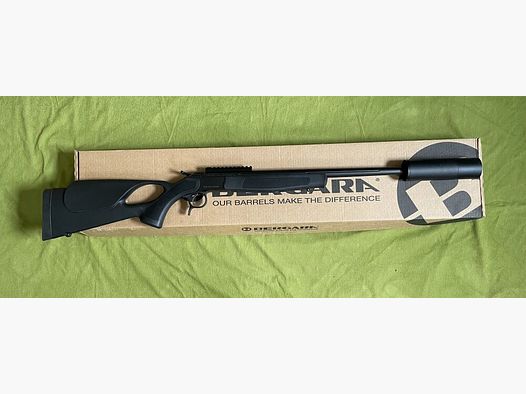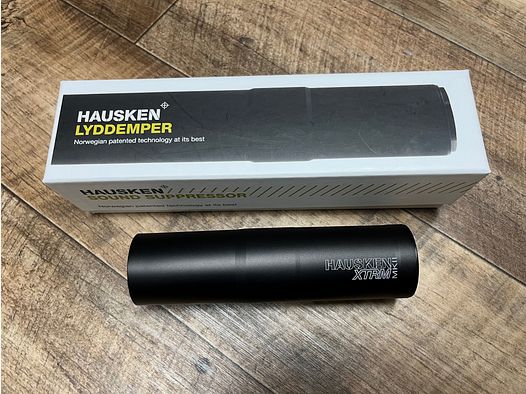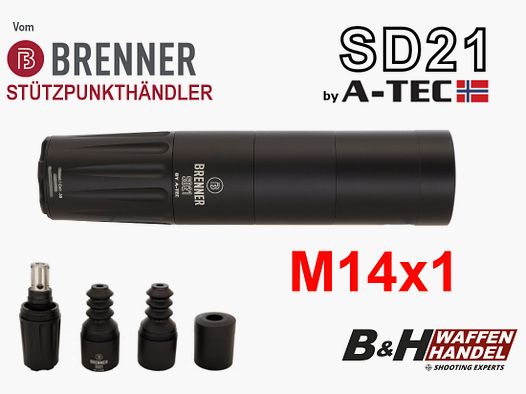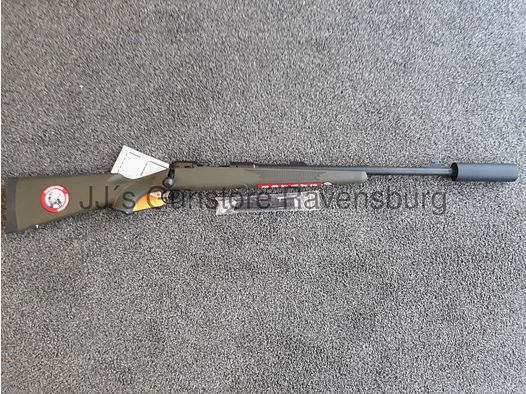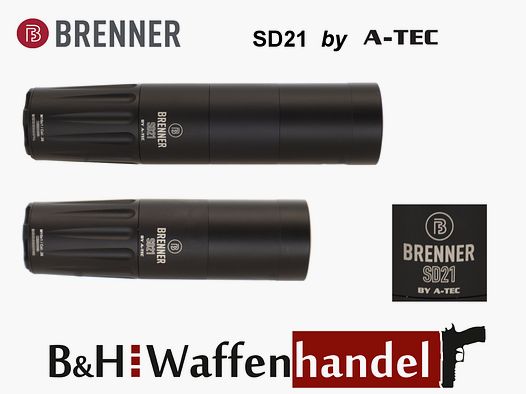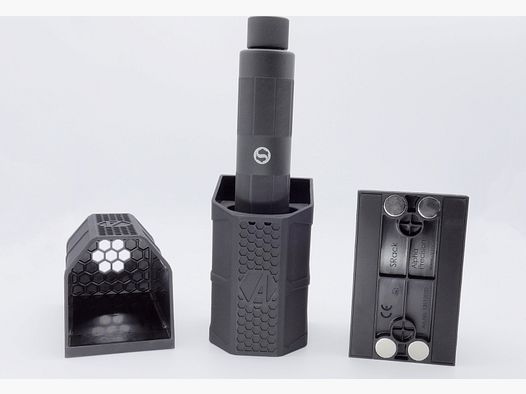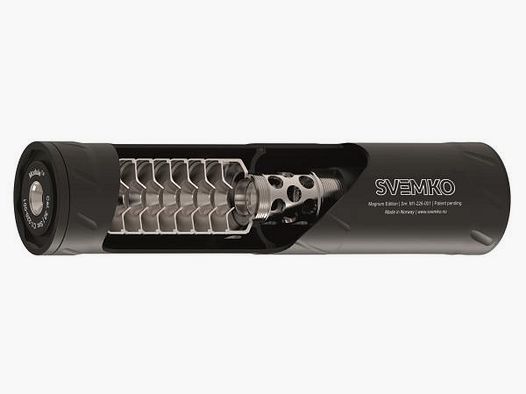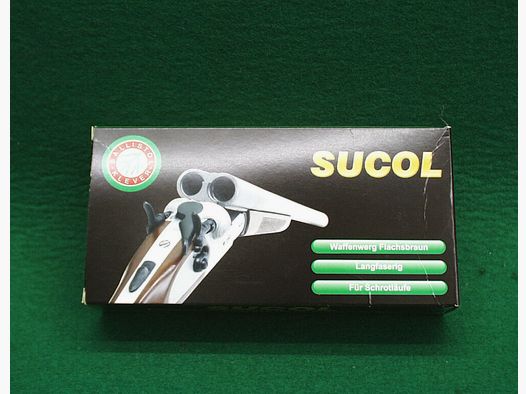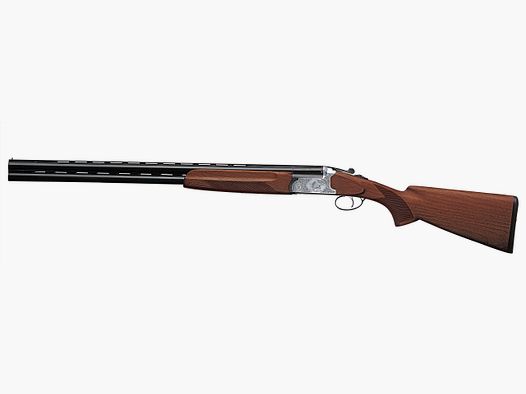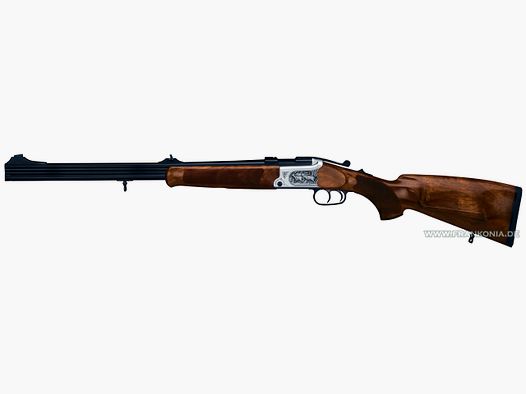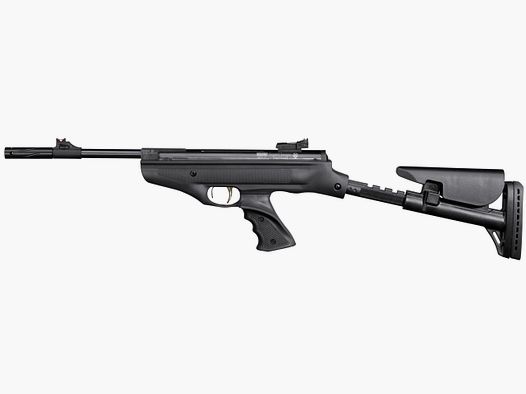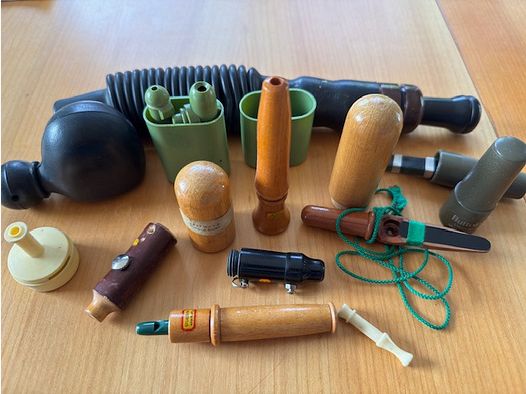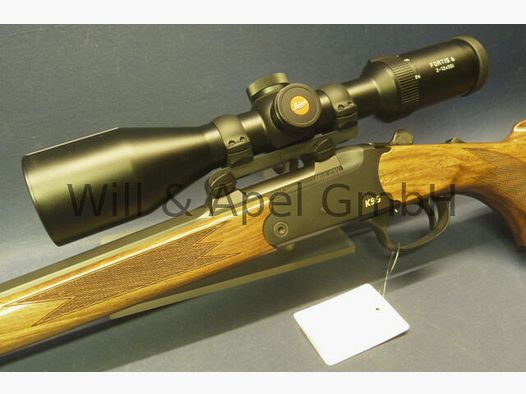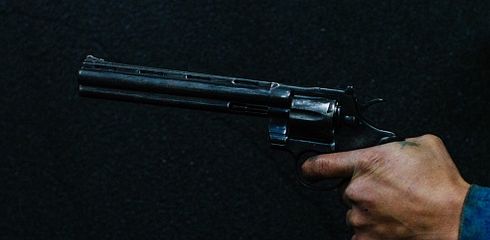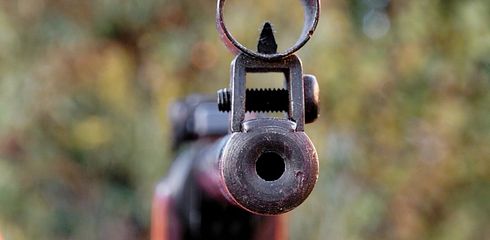In the world of firearms, safety and efficiency in handling equipment are always a priority. Especially when selecting suppressors, technology plays a crucial role in optimally meeting the needs of police, military, and hunters. Today's comparison between the innovative Reduced Backpressure (RBS) suppressors and the traditional Rotex-X suppressors, both from B&T, offers valuable insights for every firearm user.
Back Pressure: The Problem and the Innovative Solution
When using traditional suppressors, such as the Rotex-X series, the muzzle blast is effectively minimized by delaying the gas outflow. However, this technique leads to increased back pressure, which can stress the weapon's mechanics and affect the shooter due to backflowing gases. An increase in bolt speed of up to 30% and increased fouling of the weapon are often the result, leading to higher maintenance requirements.
In contrast, the RBS suppressors feature a patented low-pressure expansion chamber design that significantly reduces back pressure. This not only protects the weapon's mechanics but also improves comfort for the shooter, as less gas enters the user's eyes and respiratory tract.
Material and Construction: Robust Durability
Both the RBS and Rotex-X series are made from high-quality materials such as Inconel and Thermax. These materials are known for their high heat resistance and durability, making them ideal for use under extreme conditions and continuous fire.
Versatility and User-Friendliness
A key advantage of the RBS silencers lies in their versatility. Weapons without adjustable gas ports particularly benefit from this series, as they can be used without modifications, simplifying handling. RBS silencers can also be used without any issues on weapons with adjustable gas ports, whereas the Rotex-X series requires adjustments to achieve optimal results.
Technical Specifications and Areas of Application
The RBS series is characterized by lower back pressure and a damping performance of approximately 22 dB, while the Rotex-X series offers a stronger attenuation of about 30 dB but imposes higher requirements for weapon adaptation. Therefore, the RBS series is particularly suitable for users who need to switch between different weapon types or applications, or for weapons without adjustable gas ports. In contrast, the Rotex-X series finds its strength in specialized applications where maximum performance and individual adaptability are required.
Conclusion
The decision between the RBS and Rotex-X series should be made based on the user's specific requirements and the technical characteristics of the weapon. For those seeking a flexible, user-friendly solution without compromising performance, the RBS series offers clear advantages. However, for those who need maximum damping performance for specialized applications and are willing to make adjustments, the Rotex-X series is a reliable partner.
This comprehensive comparison illustrates how technological innovations in the development of silencers not only enhance efficiency and safety but also improve user-friendliness to meet the diverse needs of shooters.




